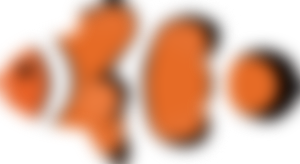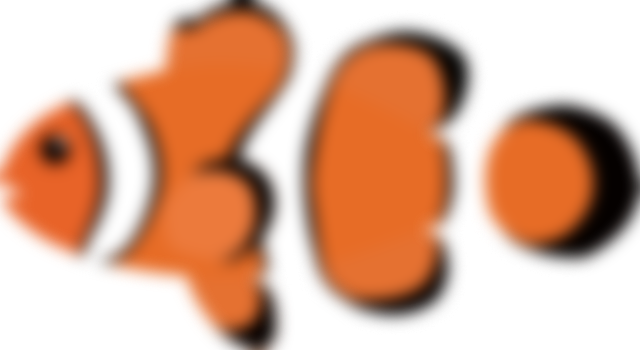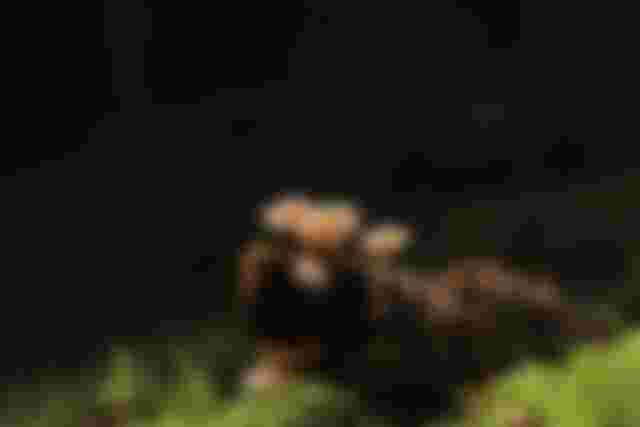The Best Symbiosis Creatures
In nature, many different species live together in certain environments. Sometimes they share food in the environment, sometimes they share shelter… However, some species may have a closer relationship than others. Even among these species, there are those who have to live together, that is, those who cannot survive when separated from each other. In this article, I will tell you about these creatures that live together.
The ability of living things to continue their lives together is called symbiosis. These associations, also called symbiosis, can be between a plant and a fungus, a bacterium and an animal, or various other living things. Of course, I'm not talking about living things coming together for a short time. Because symbiosis is a process that continues among almost all individuals of these creatures for long periods of time.
The types of symbiosis differ according to how the species are affected by this association. Because there are some types of these associations that are beneficial as well as some that are harmful. In other words, symbiosis may not always lead to good results for some living things.
The situation in which two different types benefit in symbiosis is called mutual benefit coexistence. So both parties are happy in this joint life! While benefiting from each other's food and protection, both are positively affected by this situation. The separation of a living thing from this union usually affects both negatively. The relationships between hummingbirds and flowering plants, sea anemones and clown fish, fungi and photosynthetic algae are some examples of mutually beneficial association.
Hummingbirds' beaks are shaped to collect nectar from flowers. As they collect and feed on nectar, the pollen of the flowers sticks to them and they carry this pollen to other flowers. After all, they both feed and help flowers reproduce.

Sea anemones are invertebrate animals with poisonous secretions. The outside of the clownfish's body is covered with a slimy layer that protects them from many poisons. Clownfish, which are not affected by the poison of sea anemones, hide between their tentacles and feed on food scraps. In turn, it cleans the sea anemones' parasites and protects them from predators. Don't you think it's a beautiful partnership?

Since fungi cannot produce their own nutrients, they have to get their nutrients from outside. Algae perform photosynthesis using carbon dioxide gas and water in the air. So it can produce its own food. Algae settle inside the fungi and produce food, while the fungi give the carbon dioxide they release by respiration to the algae. When these two come together, structures called lichens are formed. So they live in harmony together.
As you can see, although many living things have different structural features in nature, they can form associations to benefit each other. However, although the people of the world exist for similar purposes, they engage in activities that will harm each other, let alone benefit each other.
In fact, we can make the world a more livable place by putting all our ethnic, religious or other differences aside. If we try to do things that will benefit each other, instead of doing things that will harm each other, we can leave a better world for children.
In fact, we are the best symbiont creatures in this world.
Stay with love and kindness…


Symbiosism is a mutual form of relationship. Animals carry out these relationships dutifully but humans have so much conditions attached to such. So, saying humans have the best form of symbiosism, raises some doubts for me.